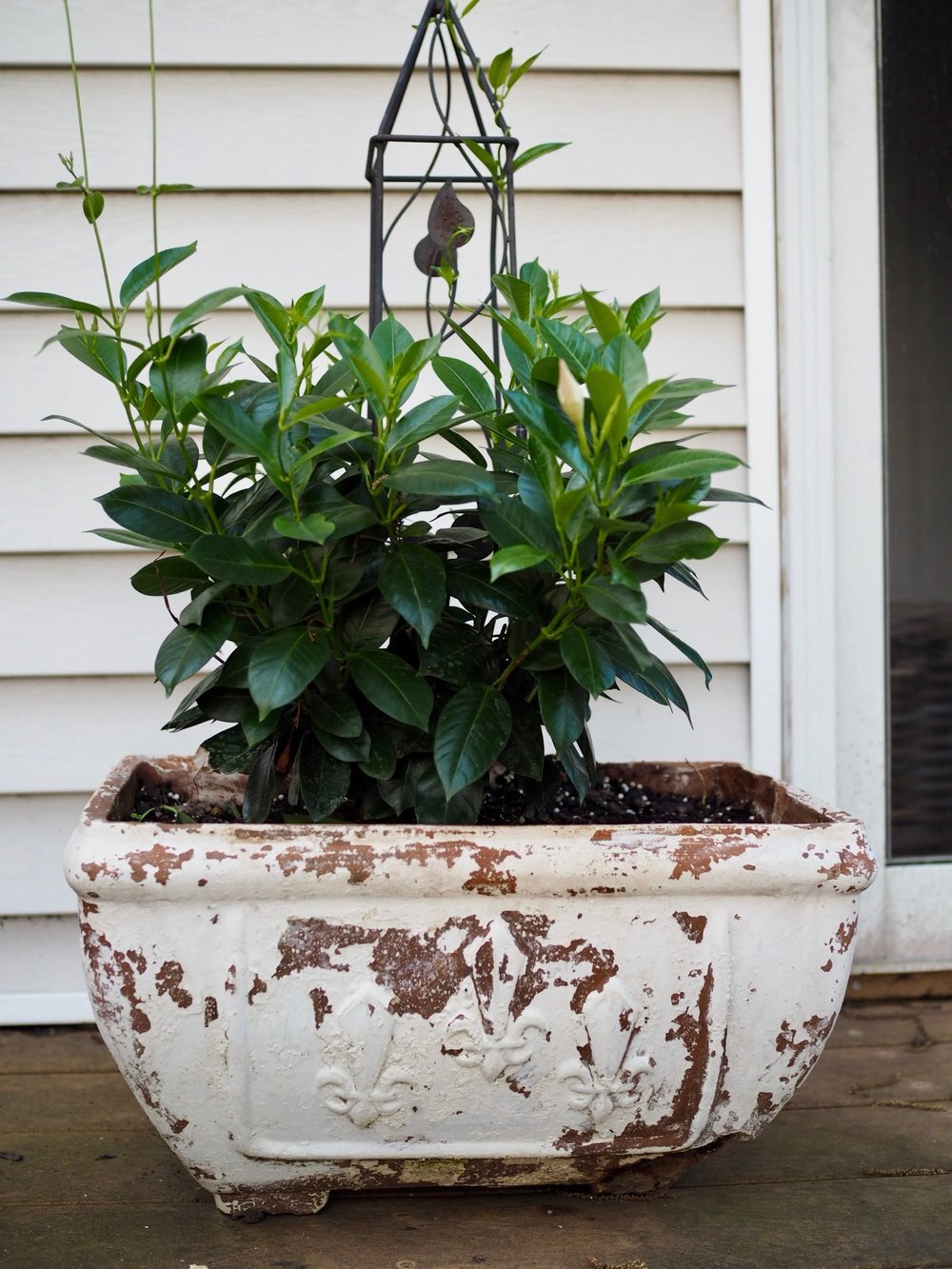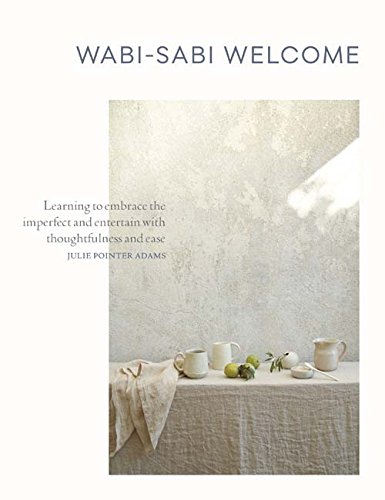
Wabi-Sabi
November 6, 2019
The Japanese concept of wabi-sabi is something I have recently become acquainted with, but realize now I have long identified. The term itself is more than the sum of its parts. Wabi in Japanese refers to simplicity and living in tune with nature, as well as making the most of what you already have. Sabi has to do with the passage of time and embracing the natural cycle of life. Together, wabi-sabi transcends merely the labeling an object or an idea and becomes more of a feeling that cannot be precisely tied down. It is all that is perfect in its imperfection. It is the authenticity of aging with grace. It is noticing the patina of an old door that has seen generations pass through it. It is the simplicity of an uncluttered space. It is experiencing serenity in the discovery of beauty or loveliness in the most unexpected places.
I recently read a wonderful book, Wabi-Sabi Welcome, which places emphasis on how to to apply this concept to entertaining and hospitality, and furthermore using that as a vehicle for a better way of living. The author, Julie Pointer Adams, poses that in pruning your life of all that is unnecessary and choosing to share your home in a simpler, less perfection-seeking way, your happiness and fulfillment will increase. Adams recognizes that none of us can have it all; because of that fact, rich relationships, quality time spent with loved ones, personal time for getting lost in hobbies and leisure must be embraced over chronically packed calendars and general busyness. Adams writes that we should create space where people love to gather, and enjoy real conversation. I tend to struggle with this concept, and focus so much on wanting to create such a perfect experience that I cannot focus fully on my guests and instead feel scatterbrained and disconnected. By embracing wabi-sabi, I could more fully experience thoughtfulness and live in the present moment of connecting and being with my treasured people. I could celebrate the perfectly imperfect, make do with what I have and who I am, and even welcome the unexpected.
Because wabi-sabi can take on a physical form, which then evokes a feeling, I love some of these examples Adams has shared in her book which illustrate what wabi-sabi can look like in our homes:
Wabi-Sabi
-
Dried flowers and branches
-
Cracked or chipped pottery
-
Solid wood chairs
-
Glowing light from candles or a fire
-
Wrinkled linen napkins
-
Quilts with patches and frayed hems
-
Worn leather bags or shoes with patina
-
Rough and uneven stone floors
Not Wabi-Sabi
-
Fake flowers or plants
-
Stained or cracking plastic
-
Fluorescent lighting
-
Synthetic fabrics
-
New, perfectly polished materials
-
Chain link fences
-
Fake candles
-
An overstuffed closet with unworn clothes



[…] I love the impact of something natural in every room (faux flowers, fake plants, branches are very un-wabi-sabi!), I’ve recently embraced adding more dried floral elements to our space, especially in areas […]